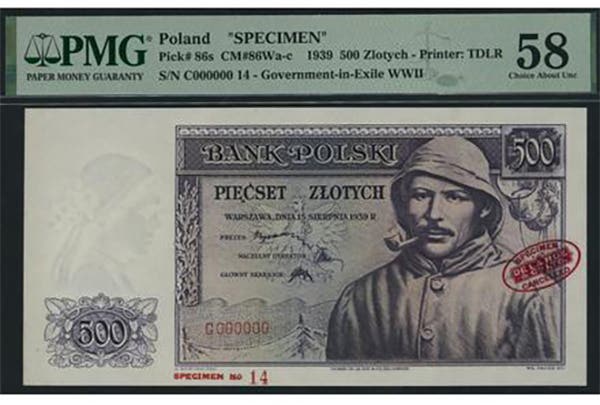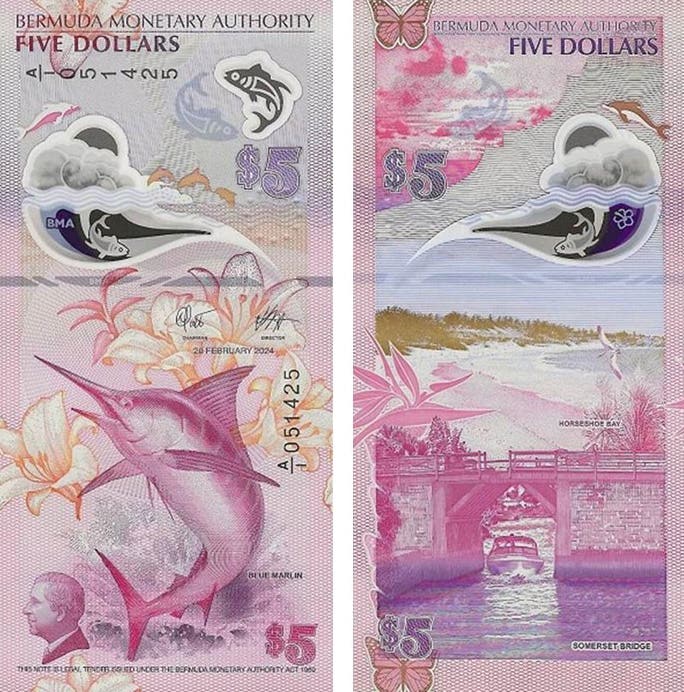Reader’s Showcase: June 2023
It is cause for celebration any time a note turns up from an unreported bank. There should be dancing in the streets when the note turns out to be from…
It is cause for celebration any time a note turns up from an unreported bank. There should be dancing in the streets when the note turns out to be from a bank that went out of business early so that it issued only early series notes and the survivor is a solid attractive note such as this. This beauty went through the September Heritage auction. Stanton is a small rural town of less than 1,500 people situation in heart of the lower part of Michigan. The town was named for Edwin Stanton, Lincoln’s Secretary of War, and is the Montcalm County seat. The bank was chartered April 5, 1881, and liquidated April 30. 1888. The only notes issued were $10 and $20 brown backs from 452 sheets of 10-10-10-20s that supported a meager circulation of $18,000 that the bankers dropped to $11,250. The signers on this beauty are president Henry H. Hinds and cashier A. D. F. Garder, the first pair of officers to serve in the bank. Icing on the cake is that the note sports the high treasury seal, vertical charter number variety found only on the early $10, $20, $50 and $100 brown backs printed before the end of September 1890. That variety comprised only 14 percent of all the $10 and $20 brown backs printed. Michigan census compiler William Herzog brought this to my attention.








